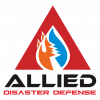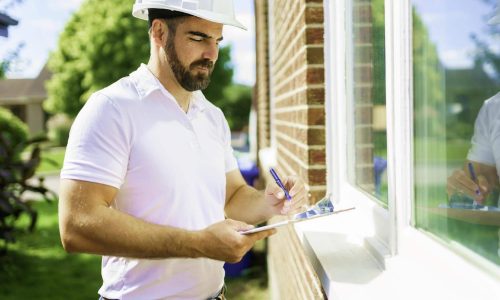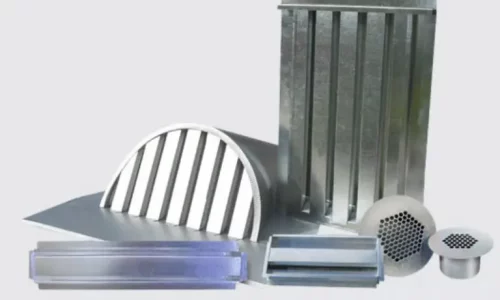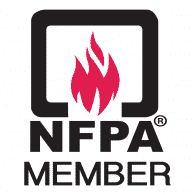Creating Defensible Space
Defensible space is the buffer you create between your property and the wildland areas that surrounds it. This space is needed to slow or stop the spread of wildfire from embers and radiant heat.
Property & Home Hardening
Home hardening solutions including long-term fire retardant, fire resistent construction materials, vents, and windows increase your properties chances of survival exponentially.






